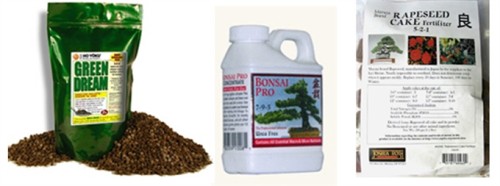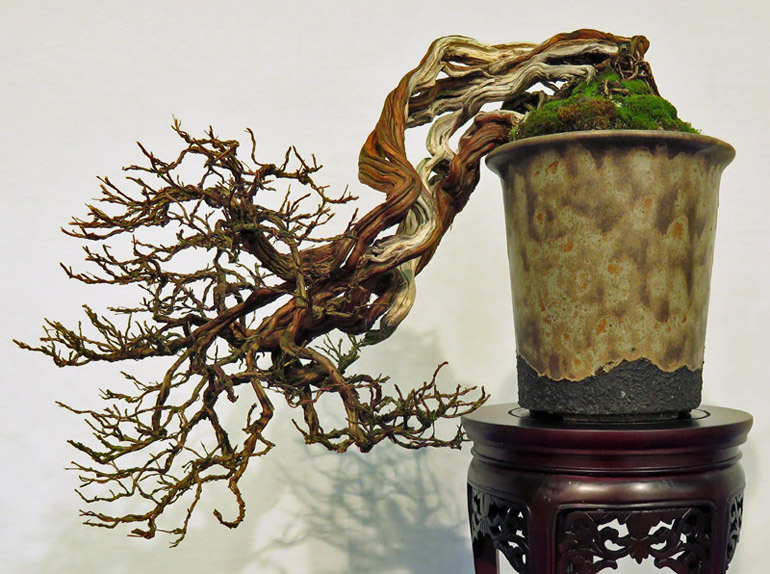
This one has that wild, almost untouched look, that takes you straight to a rocky ledge off in the mountains somewhere. I don't know what it is but I like it and its pot. This photo and the others shown here (and in yesterday's post) were taken by Graham Potter at last weekend's Noelanders Trophy.
Yesterday I wrote “There’s a long discussion on facebook about Noelanders Trophy and some ‘haters’ (an overused word that some people use just because someone else expresses a dislike or a contrary opinion), but I’ve decided that this is a part one post, so we’ll save my commentary for part two.” Now I’m not so sure I want to open this can of worms, but a promise is a promise, so here goes…
…In most art forms, when an art piece is displayed, the artist’s name, (when known) is prominent, with the owner’s name secondary (on loan from so and so, for example).
When it comes to bonsai the convention is to simply list the owner. There are good reasons for this. One is tradition (that’s the way it’s done in Japan). Another is that it’s not always clear who the artist is and many trees have had several artists (this no doubt is part of the reason the tradition developed). And of course, the owner is the one who puts up the money…
I am at peace with this tradition. However, knowing the history of a tree is a real plus. When you see a painting you might want to know who the artist is (is that a Klee, a Miro, a Kandinsky, or…?). This inquisitiveness and ability to see similarities and patterns often causes a second or third look and can deepen appreciation. It’s not that different with bonsai (there’s more that could be said, but you probably stopped reading at least two paragraphs ago anyway).
I borrowed all the photos is this post from Graham Potter of Kaizen Bonsai.
Even though this one looks a lot like a few hundred other quality Shimpaku bonsai we've seen lately (a wild, undulating, deadwood dominated trunk with a single living vein, more crazy deadwood up top and a nicely balanced crown for contrast)... still, it's a beautiful tree.
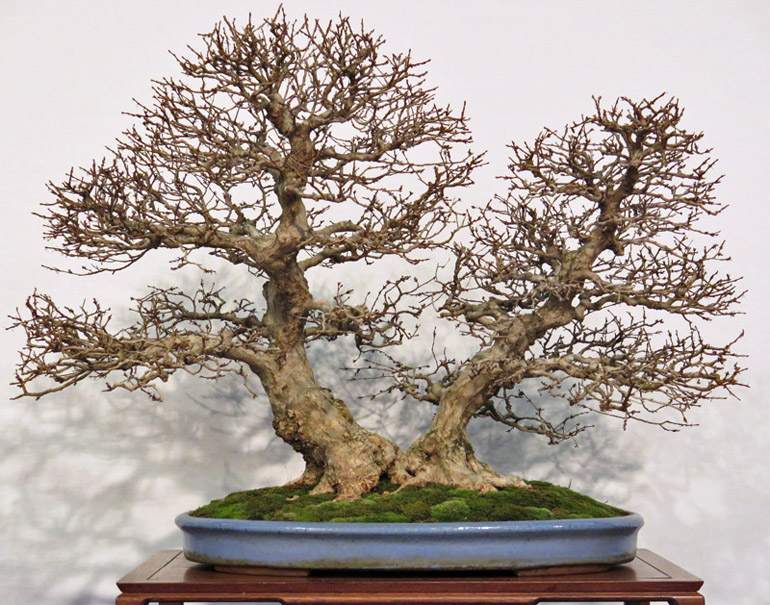
Two headed beauty in naked winter display.
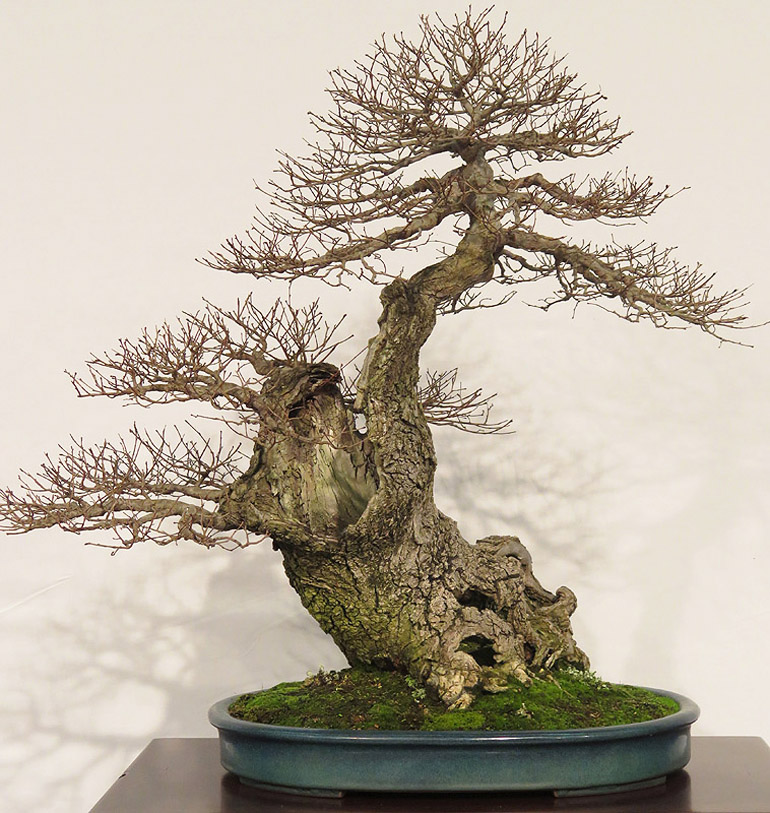
Is this an oak? We showed a couple yesterday that share a look with this one. Perhaps related to Walter Pall's fairy tale bonsai, though somewhat tamer.
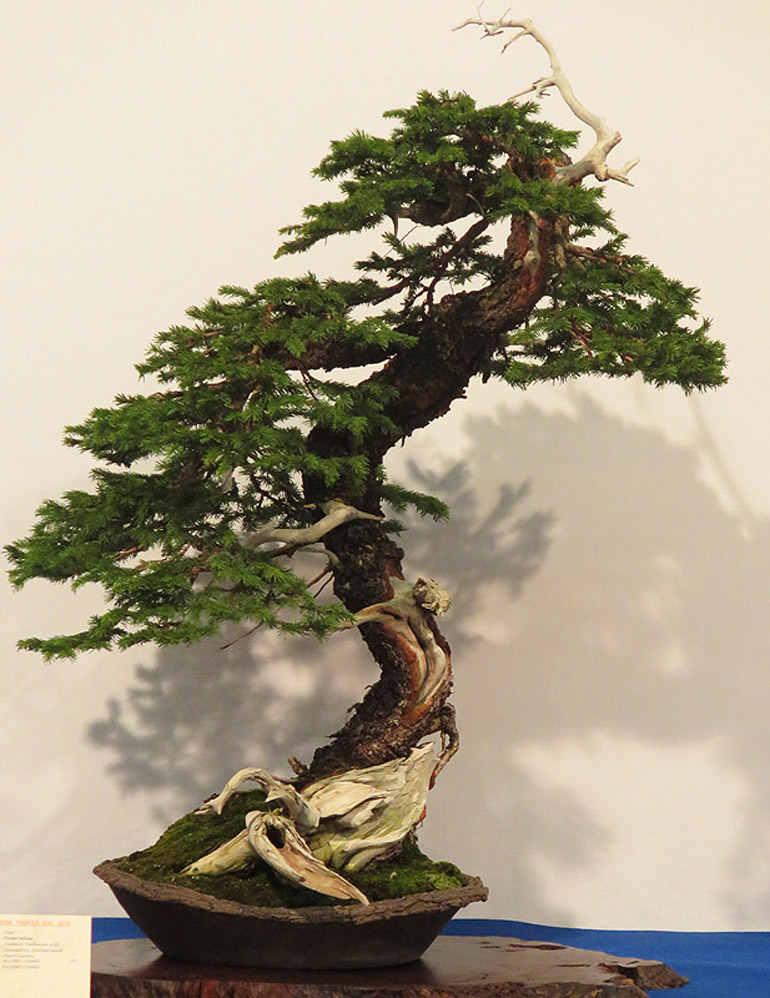
This yamadori (Norway spruce?) with its bonsai S curve, deadwood base and perfect little jin up top is one of my favorites. And the pot works to perfection.
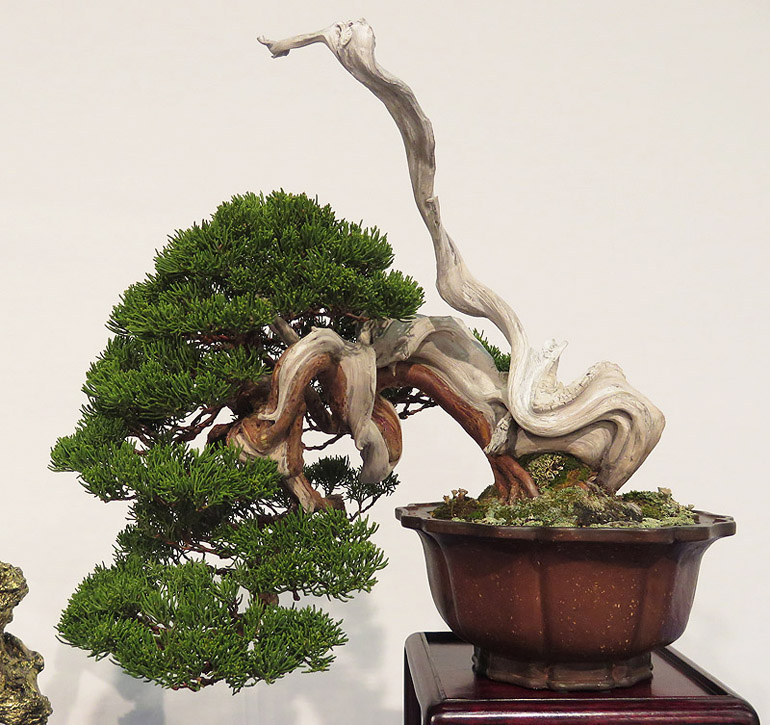
I've said enough. We'll let this one speak for itself.
Two New Sales at Stone Lantern
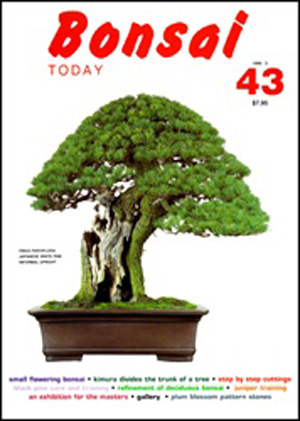
40% off Back Issues of Bonsai Today Magazine
